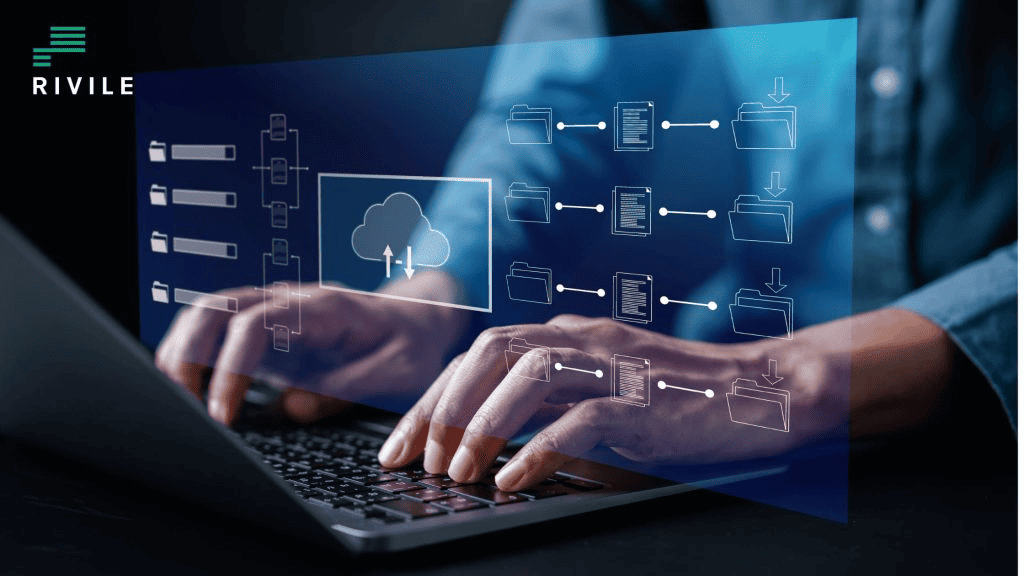Cash Payments: What Should You Know?

Cash payments remain relevant in many business sectors—especially among small businesses, farmers, self-employed individuals, or even private persons who buy/sell property or provide services.
Although digital payment methods are becoming more popular, cash is still valued for its simplicity, speed, and immediate receipt of funds.
However, it’s important to know that the use of cash in business is strictly regulated by law—for transparency and to combat the shadow economy. Therefore, anyone conducting business or planning larger transactions must understand the boundary between permitted and risky behavior, how to properly document cash transactions, and what mistakes can be costly.
What Is a Cash Payment?
A cash payment is the direct transfer of money between buyer and seller using physical currency (euros or other), without intermediaries such as banks or payment service providers. This method is used in both everyday and business contexts.
Common uses of cash:
- Markets or fairs
- Small services (repairs, cleaning, childcare)
- Renting residential property
- Selling vehicles or other assets
- Small-scale individual or agricultural activities
In business, cash is often used to pay suppliers, employees, or for small goods and services. However, due to the increased risk of shadow economy activity and stricter anti-money laundering laws, such payments are limited and require responsible documentation.
Important: If both parties are engaged in economic activity, the cash payment limit is €5,000. If this limit is exceeded, the transaction must be made via non-cash methods, or it may result in tax and legal consequences
Cash payments are neither inherently good nor bad—they are simply one form of payment with clear rules. These rules are discussed below.
Legal Regulation of Cash Payments
Cash payments in Lithuania are legal but regulated to prevent tax evasion, money laundering, and to ensure transparency. Key legal acts include:
- Civil Code – defines freedom of contract and payment forms
- Personal Income Tax Law – sets when cash income must be declared
- Law on the Prevention of Money Laundering and Terrorist Financing – sets payment limits and client identification requirements
- STI (VMI) regulations – define limits, documentation, and declaration rules
Key points:
- The maximum allowed cash amount between economic entities (e.g., between companies or a company and a self-employed person) is €5,000.
- If exceeded, the payment must be made via bank transfer or financial institution.
- Private individuals are not subject to this limit but should still keep documents proving the transaction (e.g., a sales contract).
- Violations may result in administrative penalties—fines from several hundred to several thousand euros, depending on the case.
All cash receipts or disbursements must be properly documented and recorded in accounting.
How to Document Cash Payments?
Proper documentation is essential for any business or activity operator to:
- Justify received or paid amounts
- Avoid STI (VMI) claims
- Maintain accurate accounting
- Provide correct data for income declarations
Key documents and steps:
- Cash Receipt Order (KPO) – used to record when cash is received. Must include amount, payer details, payment purpose, date, and signatures.
- Cash Disbursement Order (KIO) – issued when cash is paid out. Must include recipient details, purpose, and supporting documents (invoice, receipt, contract).
- Cash Receipt – often used in small-scale activities (e.g., individual activity) when no cash register is used. Must include date, amount, buyer and seller details, and signatures.
- Invoice – mandatory if goods or services are provided by a company or self-employed person. Must indicate that payment was made in cash.
- Cash Register Receipt – if a cash register is used, the transaction must be documented with a receipt given to the customer.
- Accounting Journal or Software – all cash movement must be entered into the accounting system.
Tip: Always keep copies of documents for at least 10 years—both paper and digital—as tax audits can go back that far.
Using Rivile ERP helps automate cash transaction accounting and reduce error risk.
Common Mistakes and How to Avoid Them
- Incomplete documentation – missing receipts or orders
- Exceeding limits – paying more than €5,000 in cash
- Unrecorded income – common in small businesses
- Unjustified expenses – not formalized or lacking documents
To avoid these, consider implementing digital accounting systems like Rivile GAMA, which ensure document control and help accountants stay compliant.
Cash payments are still widely used in daily and business activities, especially among smaller entities or for low-value transactions. However, it’s important to understand that these payments are part of financial accounting and tax obligations. Even a small documentation error or exceeding the payment limit can lead to unpleasant consequences—from STI inquiries to fines.
Every entrepreneur working with cash should know the applicable limits, documentation procedures, and legal requirements. It’s also worth considering automating these processes.
A responsible approach to cash operations not only reduces risks but also builds a more reliable and transparent business—for both partners and regulatory authorities.
Frequently Asked Questions (FAQ)
What is the maximum cash payment amount in Lithuania?
€5,000 – this is the limit for cash payments between business entities. If exceeded, a bank transfer must be used.
Is a business required to issue a receipt for cash payments?
Yes, if a cash register is used. If not, a cash receipt or cash receipt order must be issued.
What documents are needed to justify cash transactions?
Invoice, cash receipt, KPO, or PPK – depending on the situation. The key is that the document must justify the transaction.
What are the penalties for exceeding the cash payment limit?
Up to €3,000 for exceeding the limit or failing to meet documentation requirements.
Are private individuals restricted when paying each other in cash?
No legal limit applies, but it’s still recommended to keep documents proving the transaction


